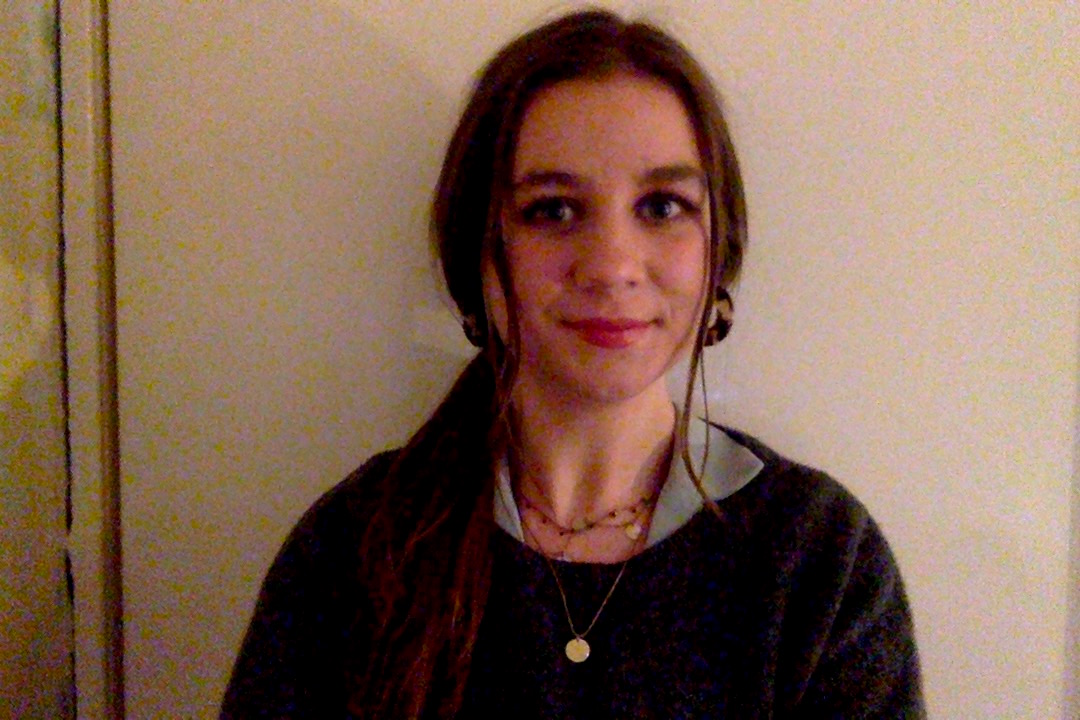First detected in 2015, gravitational waves have helped scientists understand the development of our Universe from the Big Bang onwards. Gravitational waves are oscillations in spacetime which move like a ripple in water when you skim a stone – if you could skim a stone at the speed of light.
Now researchers at MIT have created a technique which could help detect the fainter signals thought to represent the Universe’s earliest gravitational waves, created only moments after the Big Bang.
While the ripples from more recent history are detected daily, the primordial waves are too faint for current detectors to pick up. Interpreting these early ripples will help us piece together the beginning of the Universe, improving our understanding of the Big Bang.
"These primordial gravitational waves can then tell us about processes in the early Universe that are otherwise impossible to probe,” said Sylvia Biscoveanu, the graduate student who led this development.
Currently, these faint signals are hidden beneath the noise of the “astrophysical foreground” which includes noisy events like colliding black holes and neutron stars from later in the Universe’s history. To uncover the hidden hum of these signals, previous methods have attempted to subtract the drowning noise of more recent signals, but Biscoveanu recognised they were limited by crude estimations of the foreground noise.
Read more about gravitational waves:
- Gravitational wave detectors capture their most massive black hole merger to date
- From apples to gravitational waves: a brief history of gravity
"The analogy I like to make is, if you're at a rock concert, the primordial background is like the hum of the lights on stage, and the astrophysical foreground is like all the conversations of all the people around you," Biscoveanu said.
"You can subtract out the individual conversations up to a certain distance, but then the ones that are really far away or really faint are still happening, but you can't distinguish them. When you go to measure how loud the stagelights are humming, you'll get this contamination from these extra conversations that you can't get rid of because you can't actually tease them out."
Biscoveanu’s team at MIT created models which simulate these ‘conversations’ and predict their weaker gravitational wave signals. They quantified the uncertainty in their measurements and included this in the characterisation of each pattern. When testing their simulation, they were able to distinguish between the foreground and the softer echo of early gravitational waves.
Improvements made on current detectors will increase their sensitivity to hopefully detect these further-off waves. Biscoveanu says she hopes these will be used alongside this new technique to tease out the details of early gravitational waves and colour our understanding of the Universe’s early stages.
Reader Q&A: What would happen if a very strong gravitational wave passed through us?
Asked by:Thomas S Marcotte, USA
Gravitational waves spread out from any violent event involving matter – such as, say, the collision of two black holes. Like gravity, however, they’re incredibly weak, so you’d have to be extremely close to their source in order to feel their effects.
It would definitely feel weird, as they’d create a rhythmic stretching and squashing sensation on the body. But you’d have to be so close to the cataclysm itself that you’d never live to describe it.
Read more:
